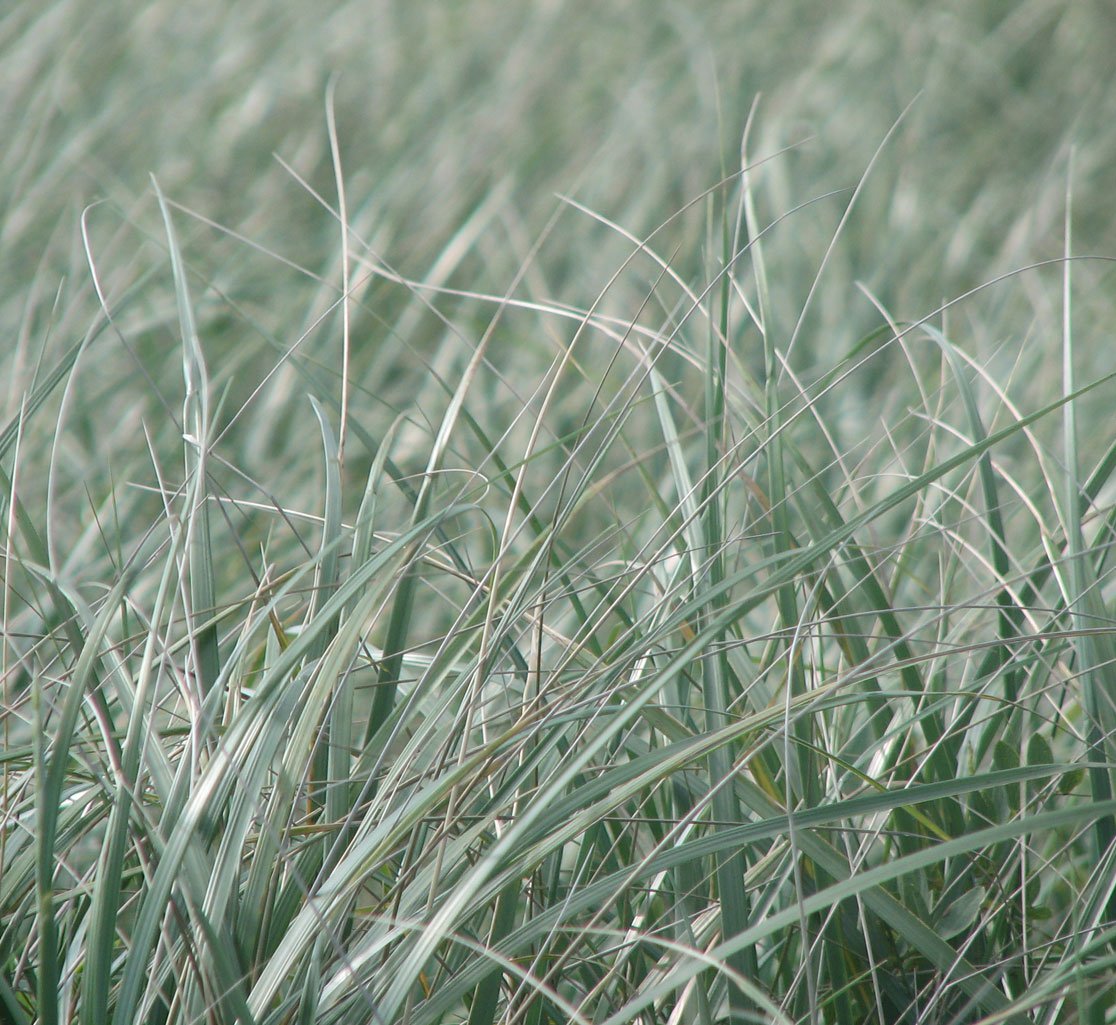
“Trust that which gives you meaning, accept it as your guide.
– Carl Jung

On Creativity
In Jungian analyst Linda Schierse Leonard’s book, The Call to Create: Celebrating acts of imagination, she posits the “call to create as key to being human.”
“The definition of the word create is to “originate, to cause to exist, to bring about, to produce, and to form by artistic effort.”“
“… creativity is an adventure of the soul in its quest for meaning in this earthly life and all of us are called to create in different ways.“
““Finding heart and passion within oneself is at the core of creative life and bids us to develop the courage to be compassionate with ourselves and others as we create.”“
“Most good poems hold some part of their thoughts in invisible ink. Such words … need not be exposed to be perceived. The unexpressed can at times affect the reader more strongly than what is explicit, precisely because it has not been narrowed by conscious accounting.”
— Jane Hirschfield